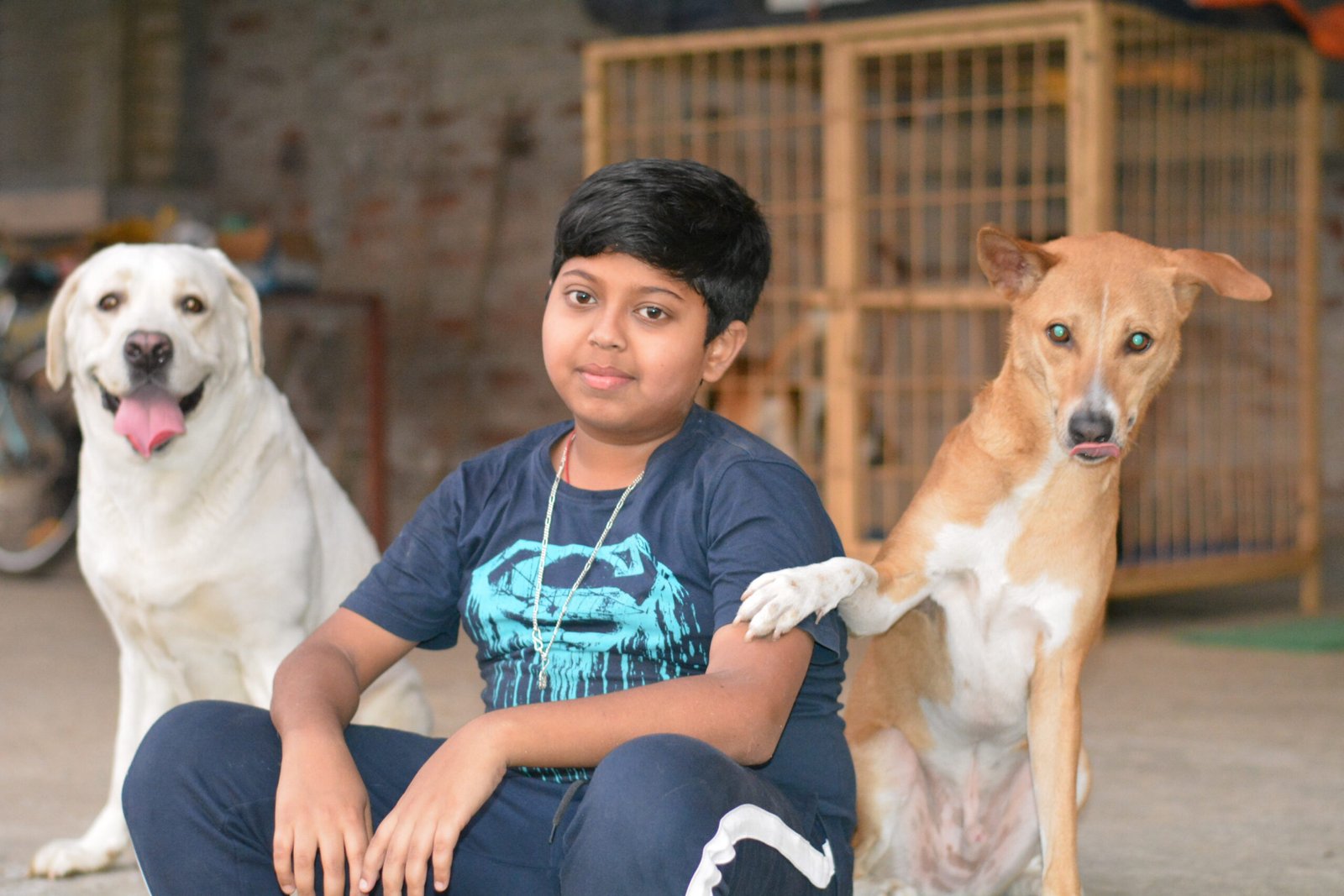Delhi’s streets are home to thousands of free-roaming dogs.
Right now, the city has 1 stray dog for every 32 people. Let see what is the World Health Organization (WHO) recommended benchmark for people to dogs.
WHO Benchmark: 1 dog per 100 people
Delhi’s population of street dogs is roughly three times the safe limit.
This is not just Delhi’s story.
Other metro cities face the same challenge:
| City | Estimated Stray Dogs | Population (approx.) | Ratio (People : Dog) |
|---|---|---|---|
| Delhi | 6.2 lakh | 2 crore | 32 : 1 |
| Mumbai | 1.85 lakh | 1.25 crore | 68 : 1 |
| Bengaluru | 3.1 lakh | 1.4 crore | 45 : 1 |
| Chennai | 1.85 lakh | 1.15 crore | 62 : 1 |
| Kolkata | 80,000 | 90 lakh | 112 : 1 |
This data shows a national problem — not a local nuisance.
The Human Safety Concern
While street dogs are part of India’s urban fabric, overpopulation brings risks:
- Dog bites: India reports 15–20 million dog bite cases annually.
- Rabies deaths: Around 20,000 human deaths each year, mostly due to rabies from dog bites.
- Children at risk: Kids under 15 form over 40% of bite victims.
Rabies is 100% preventable with vaccination — but fatal if untreated.
The overpopulation also causes stress to dogs themselves — fighting for food, getting injured, and facing abuse.
The Supreme Court Order
The recent Supreme Court direction to remove all stray dogs from public spaces may sound decisive.
But it is:
- Impractical – Delhi alone would need to shelter over 6 lakh dogs.
- Too costly – Food, care, and infrastructure would drain civic budgets.
- Inhumane – Mass removal breaks community bonds and causes suffering.
And even if removal was possible, without sterilization the population would bounce back in 2–3 years.
The Proven Humane Solution
Global and Indian experience with Animal Birth Control (ABC) programs show:
| Step | Why It Works |
|---|---|
| Mass sterilisation | Stops unwanted litters. Over time, reduces population without killing. |
| Mass vaccination | Cuts rabies risk. Protects both people and dogs. |
The magic number:
- Sterilize 70% of dogs in an area.
- Vaccinate 70% to break rabies transmission.
Do this consistently for 3–5 years and the population and disease rates fall sharply.
The Partnership Model
1. Civic Body (Municipality)
- Skilled veterinary teams in each ward.
- ABC centers with proper recovery facilities.
- Annual vaccination drives with public tracking.
2. Dog-Loving Communities
- Feed responsibly at fixed spots.
- Link feeding to sterilization and vaccination.
- Report unsterilized dogs.
- Help catch–neuter–release.
3. Central Governance
- A national stray dog dashboard.
- Geo-tagged sterilization & vaccination records.
- Corporate Social Responsibility (CSR) partnerships for surgeries and awareness campaigns.
Local to Central Action Flow
“Change starts locally and scales nationally.”
Neighborhood Level:
- Residents Welfare Associations (RWA) + feeders + NGOs + vets form joint dog management teams.
- Declare areas “WHO compliant” when coverage is reached.
City Level:
- Municipal dashboards show progress zone by zone.
- Incentives for wards that meet sterilization/vaccination goals.
National Level:
- Standardized funding and methods.
- Cross-city learning and replication.
Why This Approach Works for Everyone
- For citizens: Safer streets, fewer bites, less rabies.
- For dogs: Healthier lives, fewer litters, less conflict.
- For cities: Sustainable control without mass culling or costly shelters.
And if this humane, data-driven model works for stray dogs, it can inspire Govt–Citizen partnerships in other problem areas — from waste management to tree planting.
Kindness and practicality can go hand in hand.



Leave a Reply